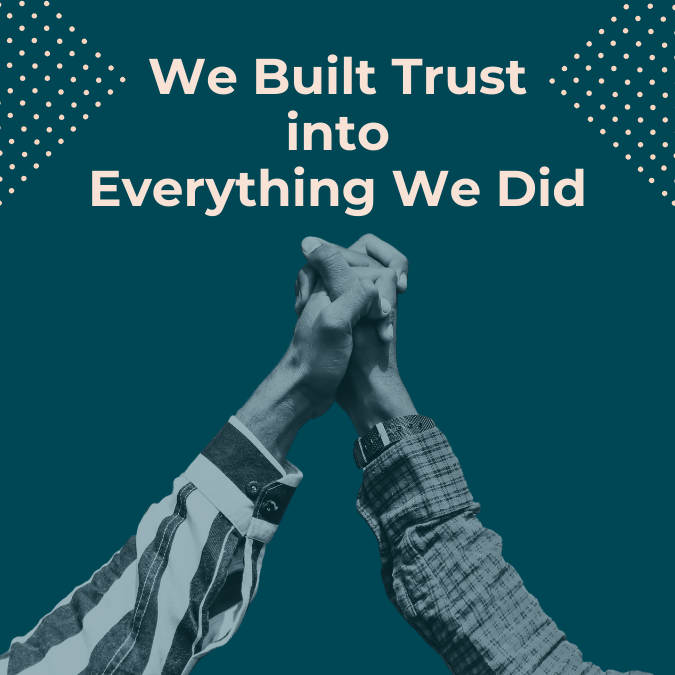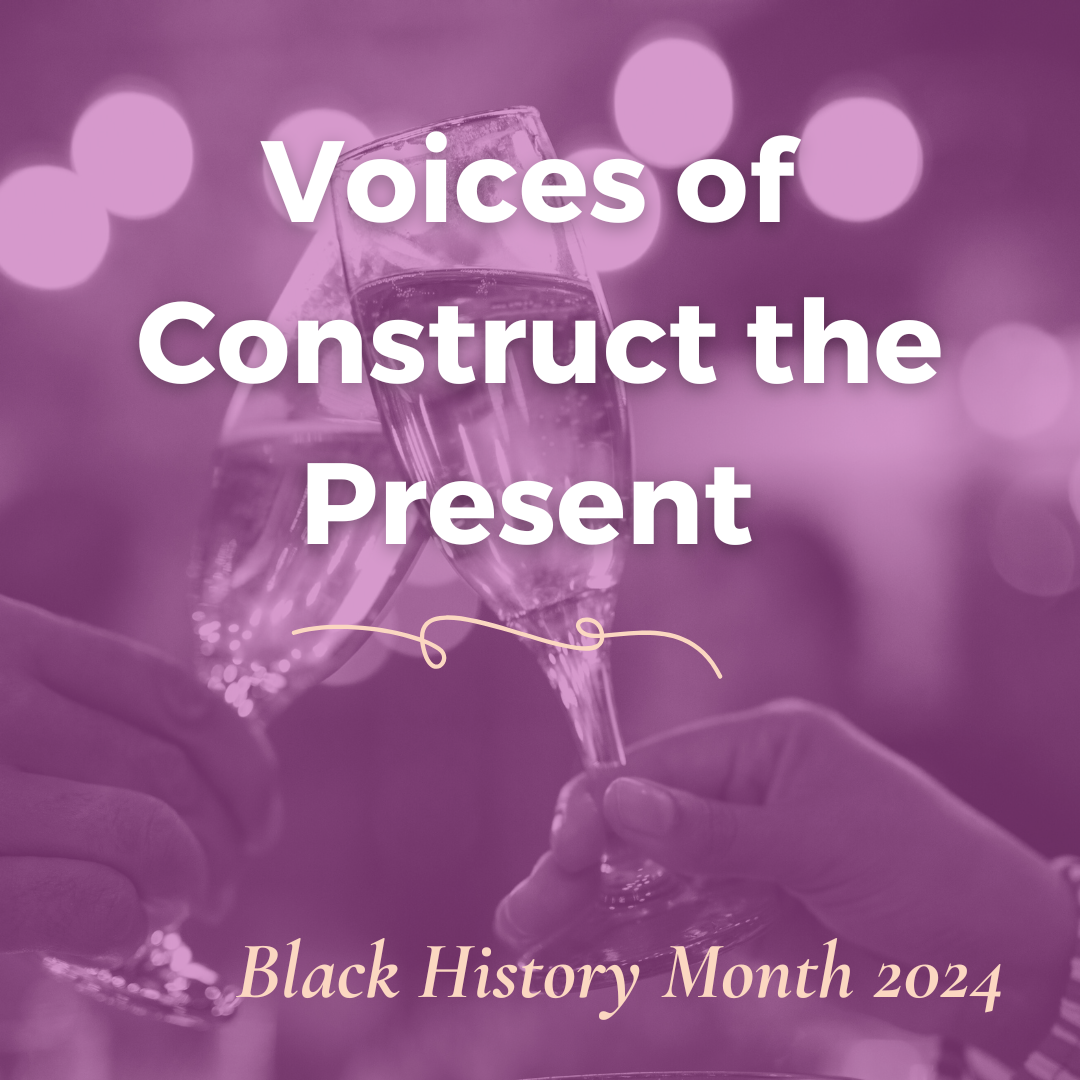A Passion for Conservation
During my childhood, the highlight of every summer was undoubtedly the cherished visits to the Zoo. From an early age, I eagerly anticipated the adventures that awaited me within its gates. Whether I enrolled in their captivating summer camps, embraced the role of a camp counselor myself, or attended the summer concerts with friends, the Zoo became my seasonal sanctuary.
And although that did mean I got to spend hours surrounded by animals, it also meant each visit curated profound appreciation for the importance of conservation. This appreciation for conservation spiraled into a passion that took over my academic career.
At the University of Washington, studying business administration and environmental science, I’m excited to combine my skills and knowledge to make change. By working in environmental consulting, I can help organizations make decisions for the environment and work towards a sustainable future.
But building a sustainable future isn’t just about the environment, it’s about building a net positive society that will last in the future and part of that work is making sure we build sustainable workforces.
That is why I’m so glad to be interning at Construct the Present this summer. At CTP I get to work on skills and get first hand experience on what consultation in the real world looks. I also get to practice sustainability and social justice in real time and work to create a net positive future.
Understanding Microaggressions in the Workplace
Growing up as a WOC, it’s easy to see that no matter how much my white peers and teachers claimed not to see color, they still modified their behavior or words around me and my BIPOC counterparts. They were not outwardly racist but their words and attitude were filled with microaggressions that got under my skin.
However, this way of thinking was so ingrained in their minds that it was hard for them to see what they were doing wrong.
That is why the work CTP does, adult learning and facilitation about complex topics centered on DEI, is so important. Microaggressions that are taught young and are never corrected carry on to the workplace that hurt the future we are trying to build.
So firstly what are microaggressions?
Microaggressions are subtle, often unintentional, verbal or non-verbal behaviors and actions that send negative messages to marginalized groups or people. They are often problematic because they cause harm without those in power realizing it. Examples of microaggressions can include making assumptions about someone’s background based on their appearance, or commentating on someone’s accent.
Identifying Microaggressions
So what are ways that we can identify microaggressions in the workplace and stop them?
- Education and Awareness: Provide training and education on microaggressions, unconscious bias, and inclusive language. This helps employees understand what microaggressions are, how they manifest, and the impact they have on individuals and the workplace. Contact Construct The Present for our training on Recognizing and Interrupting Microaggressions.
- Active Listening and Validation: Encourage open communication and active listening among employees. Create a culture where individuals feel safe to share their experiences and concerns related to microaggressions. Validate their experiences and let them know their voices are heard and valued.
- Promote Inclusive Language: Encourage the use of inclusive language that respects and acknowledges people’s identities. Remind employees to use preferred pronouns, avoid making assumptions, and be mindful of the impact of their words and actions.
- Addressing Microaggressions Directly: If you witness or experience a microaggression, address it directly but tactfully. Use “I” statements to express how the behavior or comment made you feel and explain why it was inappropriate. Encourage open dialogue and provide an opportunity for the person responsible to understand the impact of their actions.
- Reporting and Accountability: Establish clear reporting mechanisms for employees to report incidents of microaggressions or any form of discrimination. Ensure that these reports are taken seriously, thoroughly investigated, and appropriate actions are taken to address the issue.
By recognizing the impact of microaggressions and working towards their eradication, we create workplaces where everyone feels valued and empowered to contribute their best. From working to save the environment to creating an equitable future, the work we do will be tough. But if you ever get tired, take a trip to the Zoo for some fresh air and get ready to keep creating change.




0 Comments